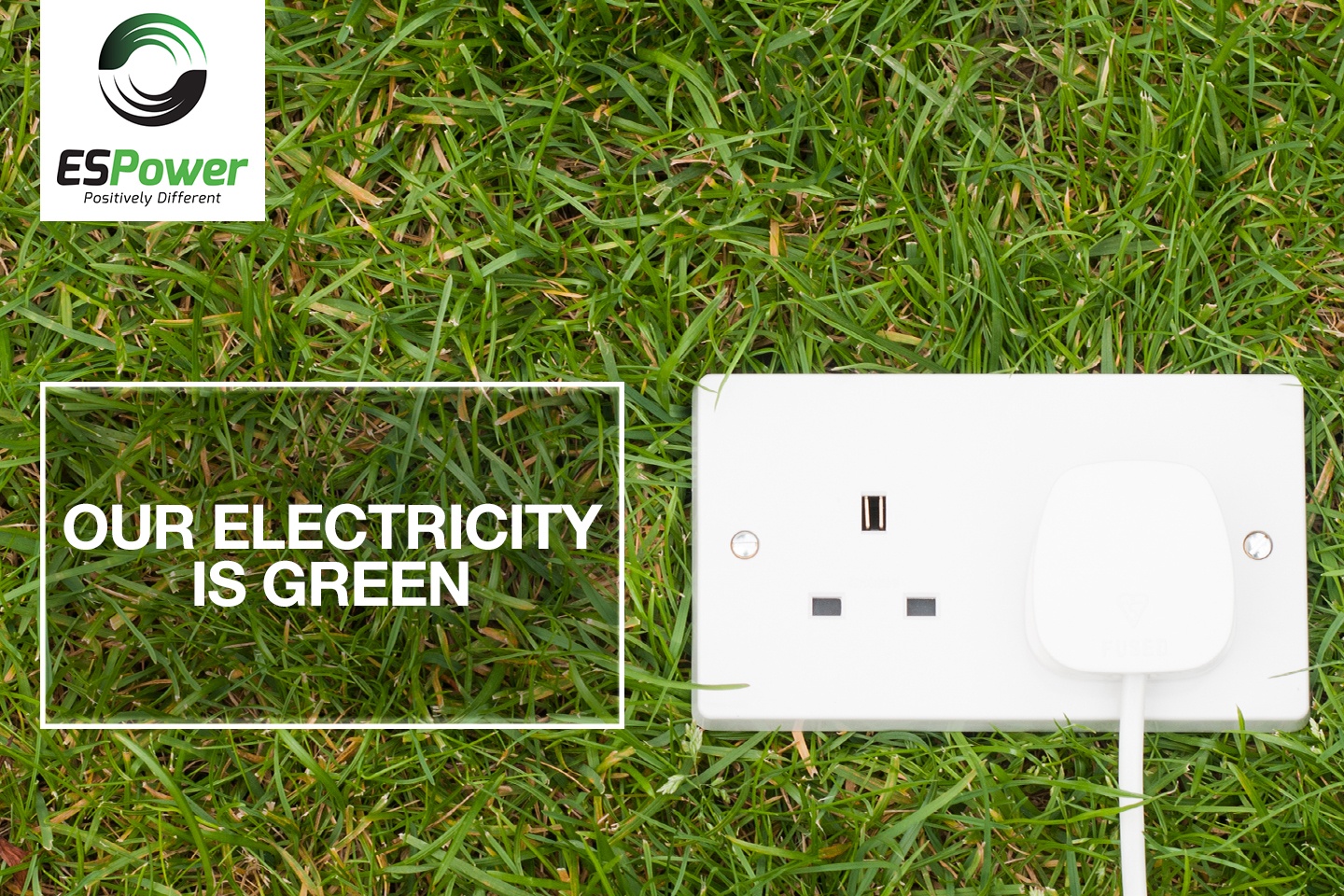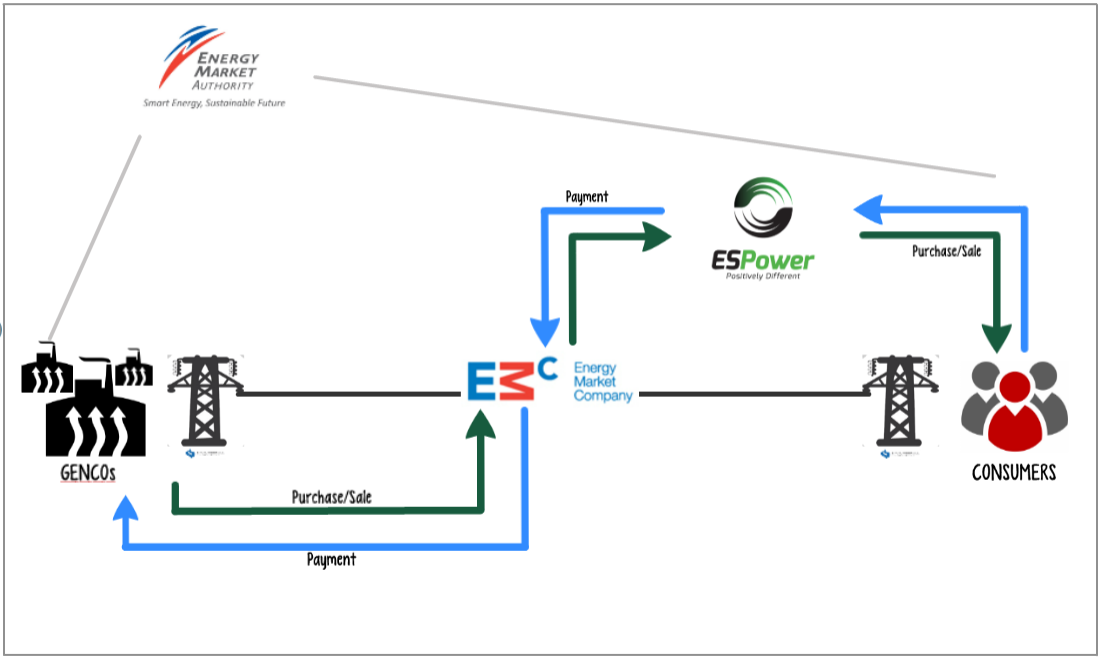Understanding the Open Electricity Market – Buying For Your Home
18 Oct, 2018 2:47 AM / by Quek Leng Chuang

There are 3 traditional bundles in the electrical power industry- Generation, Transmission & Distribution, and Retail. The power sector has always been a nationalised one, and remains so in most parts of the free world. However many states and countries in the USA, EU, Australia and NZ have liberalised the power sector to to allow in efficiencies that ultimately benefits electricity consumers in the form as lower tariffs.
In 2001, the Energy Market Authority (EMA) was formed, the first step of decentralising energy retail to sister companies of the power generators, which are commonly referred to as Gen-tailers; customers were also commercial by nature. Fast forward to year 2014, EMA started to provide retail licenses to Independent retailers that do not produce power themselves, further diversifying the market.
Now, in year 2018, we are looking at nationwide sale of electricity to residential consumers come November. Customers can choose to purchase electricity from a retailer of their choice- with so many options available, how do we as consumers select the best retail option? In order to make the best choice, we need to understand the physical and electrical organisation of the Electricity Market of Singapore (NEMS).

How does this system work?
Essentially, there are three main bundles in the NEMS- power generation, transmission & distribution of power, as well as retail. Essentially, the main power network has been the same, directly from power generators through a transmission & distribution system to your business or home. However, the decentralisation of the energy market recently has given rise to supplementary commercial markets in 2 parts. The 1st part is where Power Generating Companies (GENCOs) sell the power they produced to a SGX owned electricity exchange called EMC – Energy Market Company. The 2nd part is where retailers (including Gen-tailers) purchases almost simultaneously this same power from the EMC to then retail or re-sell to businesses or homes.
Simply because all retailers purchase power at the same terms, and at the same costs and from the same ‘source’ (EMC), gen-tailers do not have any inherent advantages over independent retailers. Rather, independent retailers are not encumbered with the trappings, prejudices and biases of Generating plant, and tend to be more focused on delivery a better retail product & services, and experience for the customer.
Having understood that all electricity comes from the same source, and that the quality of electricity is not affected by the retailer, we as consumers need to see electricity as more than energy that powers our lives. We need to seek maximum added value from our retailers, and value can be derived from e.g. insights and information of our consumption habits, ease of transaction from sign up to bill payment, environmental attributes such as Carbon Offsets or Renewable Certificates, Co-branded services and products etc. With 27 Retailers to choose from, it will be a buyers market, nonetheless we should choose wisely.
If you’ve decided to make the right choice of living green with ES Power, head overhereto make the switch today, or contact us at 1800-888-1010 or gogreen@espower.com.sg to learn more.
Topics: Environmental Offset
Written by Quek Leng Chuang
LengChuang is a chemical engineer and an expert in carbonomics. He is the founder and owner of Environmental Solutions (Asia) Pte Ltd.
